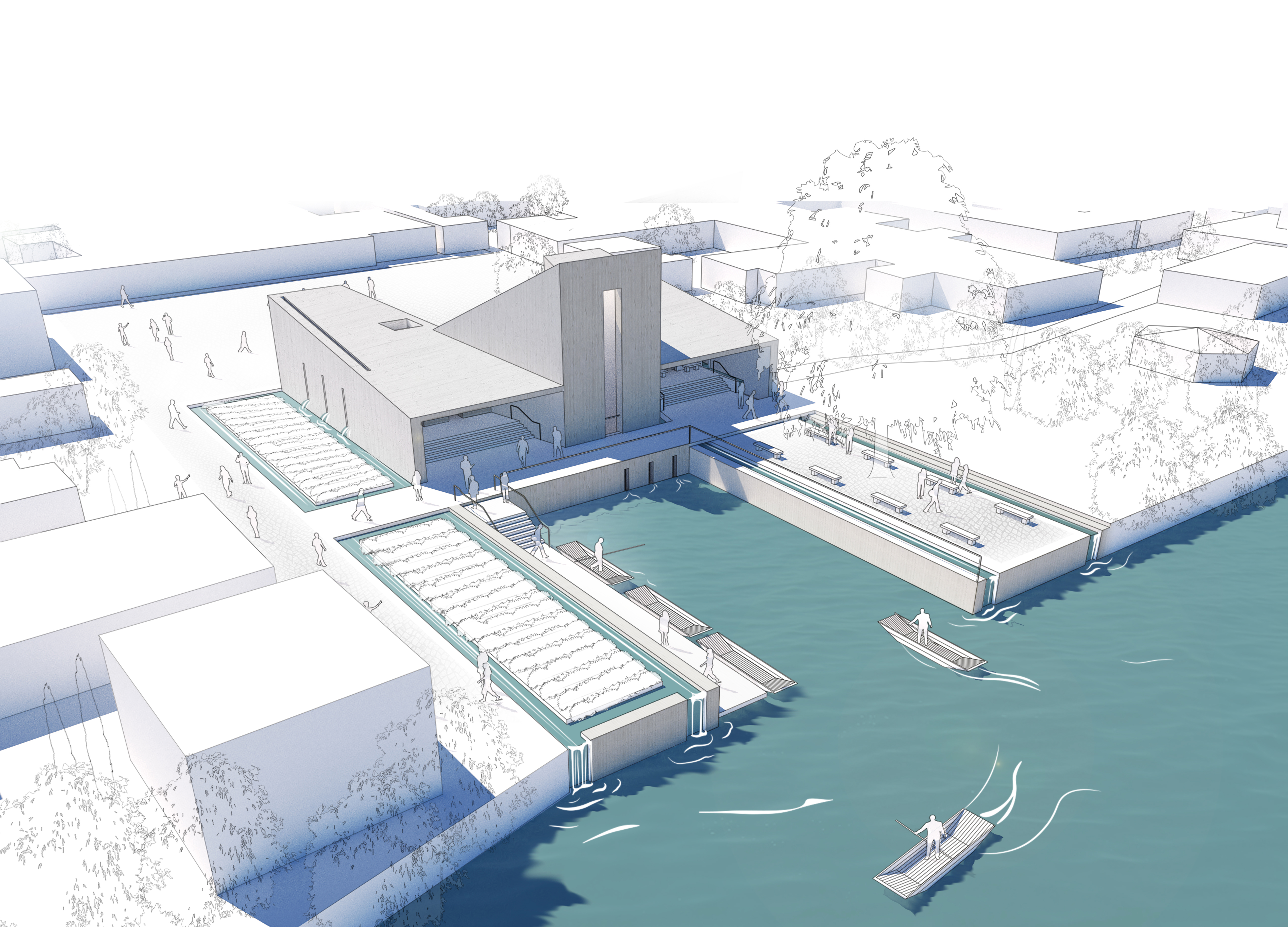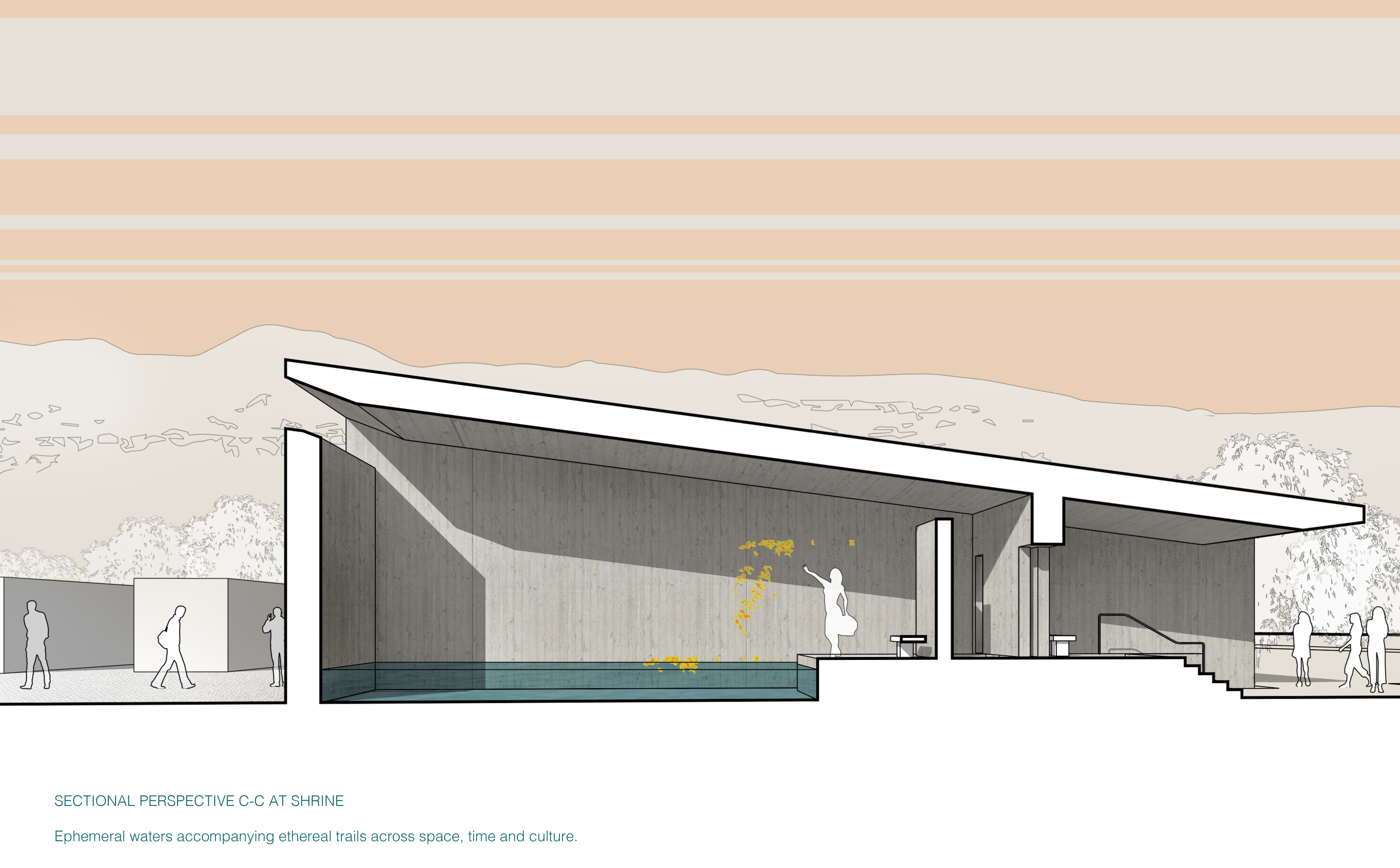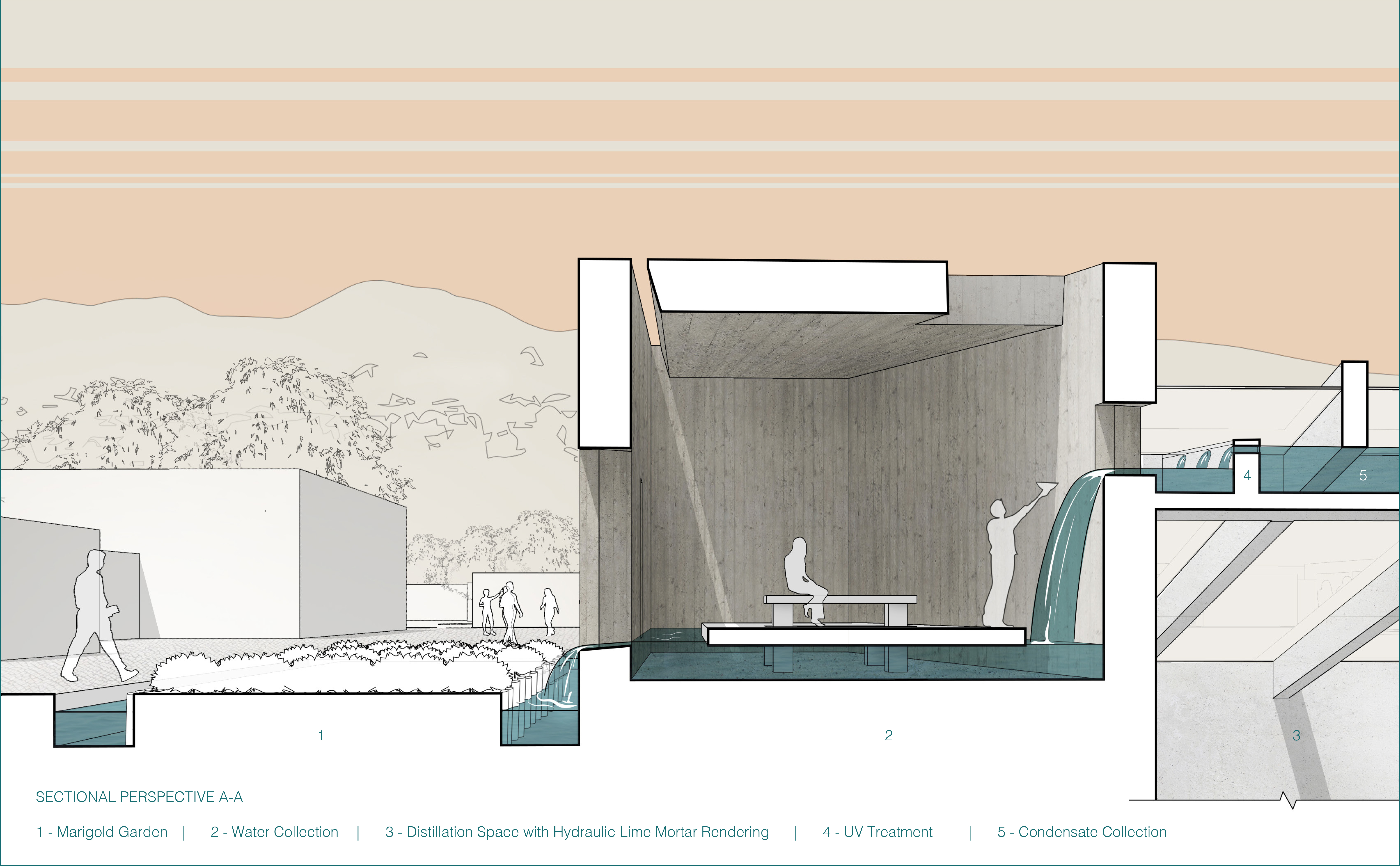Ke Vaughn Harding


Ke Vaughn Harding
M.Arch, 2019
"I am quite elated that jurors found two of my projects to be worth selecting for recognition...That they found both ideas valuable enough to be highlighted is a tremendous honor.”
Ke Vaughn Harding may have graduated last spring, but his work produced during his final semester is still winning awards. Harding graduated in 2019 with a Master of Architecture degree, and his final project just recently won its second award. Aguas Efímeras, a design response to the complex hydrological conditions of Xochimilco, Mexico City, focused on the intertwined social, cultural and historical attributes of the location. This design won a merit award for the 2019 Society of American Registered Architects National Design Awards (SARAs), and more recently, the 2020 Jeff Harnar Award for Unbuilt Architecture.
Below are selected images from the Aguas Efimeas project:



Project Description of Aguas Efímeras:
The design solution comprises a water market, shrine and garden, all anchored around the processes of a water purification system. Recognizing that the location’s problems of water contamination and potable water scarcity require remediation at the regional scale, the proposal aims to increase livability within a community, without purporting to be a solution to the large-scale predicament. In response to the extreme disparities in potable water access across Mexico City’s socio-economic realms, the market serves as a community-scale water supply source in one of the city’s informal residential neighborhoods. Rather than being a place of commerce, the water market is designed as a statement of the premise that water should neither be owned nor commodified. In this manner, it provides residents with free access to the clean water that is needed at any given time. Furthermore, the design asserts that water belongs to a cyclical system that it larger than ourselves. As a result, excess purified water is returned to the contaminated source from which it was initially extracted. The shrine and garden are designed to reflect the deeply intertwined associations between the elements of nature, and the spirituality of the regions’ people. The design is grounded in an understanding of the fact that these associations transcend vast periods of time, and various incarnations of cultural practices. In its entirety, the proposal represents a response to a pressing contemporary issue, while reflecting a complex cultural identity, and the resulting rich heritage of this place.
Harding is no stranger to the SARA Awards. In 2018, Harding’s design Carson National Forest Visitors Center won a merit award in the 2018 SARAs. Below is the selected featured image for the project.
“I am quite elated that jurors found two of my projects to be worth selecting for recognition,” said Harding on placing in the SARAs for the second year in a row. “It's challenging to develop and articulate design concepts in the short timeframes provided during the semester, so I'm happy that the core ideas in both projects were clear enough for the jurors to assess. That they found both ideas valuable enough to be highlighted is a tremendous honor.”
Harding is currently working with an architectural firm in Santa Fe, where he is going through the Architectural Experience Program (AXP) in partial fulfillment of the requirements for licensure in the architecture profession.
“In addition to providing me with the specific training required by the AXP, the firm is also giving me opportunities to further explore my interests in historic preservation and developing contemporary designs that emerge from and respond to rich cultural contexts,” Harding said. “Somewhat similarly to the ideas expressed in the Aguas Efímeras project, my current work explores ways in which design interventions can play an important role in addressing pressing contemporary issues in communities whose ancient roots and deep connections to their physical place form a significant part of their present daily lives. At the moment, I am spending a great deal of time on a project that seeks to provide well-needed housing through the rehabilitation of historic homes. This is in an effort to ensure that daily life (and its associated cultural practices) may continue in the historic community within which the buildings are located.”
Harding acknowledges that his professors played a role with both projects, and would like to thank the following professors for their assistance with both projects.
Aguas Efímeras project: Clare-Cardinal Pett for crafting the stimulating Design Studio environment in which I produced the project. She presented unique design challenges that were framed through very fresh and unconventional lenses. I would also like to thank Francisco Uviña Contreras from the Historic Preservation & Regionalism program, as well as Kathleen Kambic from the Landscape Architecture program, both of whom provided crucial input during the development of the project.
Carson National Forest Visitors Center: I'd like to thank Molly Calvani, the instructor that I worked directly with during the development of the project. I'd also like to thank Ane Gonzalez Lara & Alex Webb - both of whom I consulted with during the design process.

